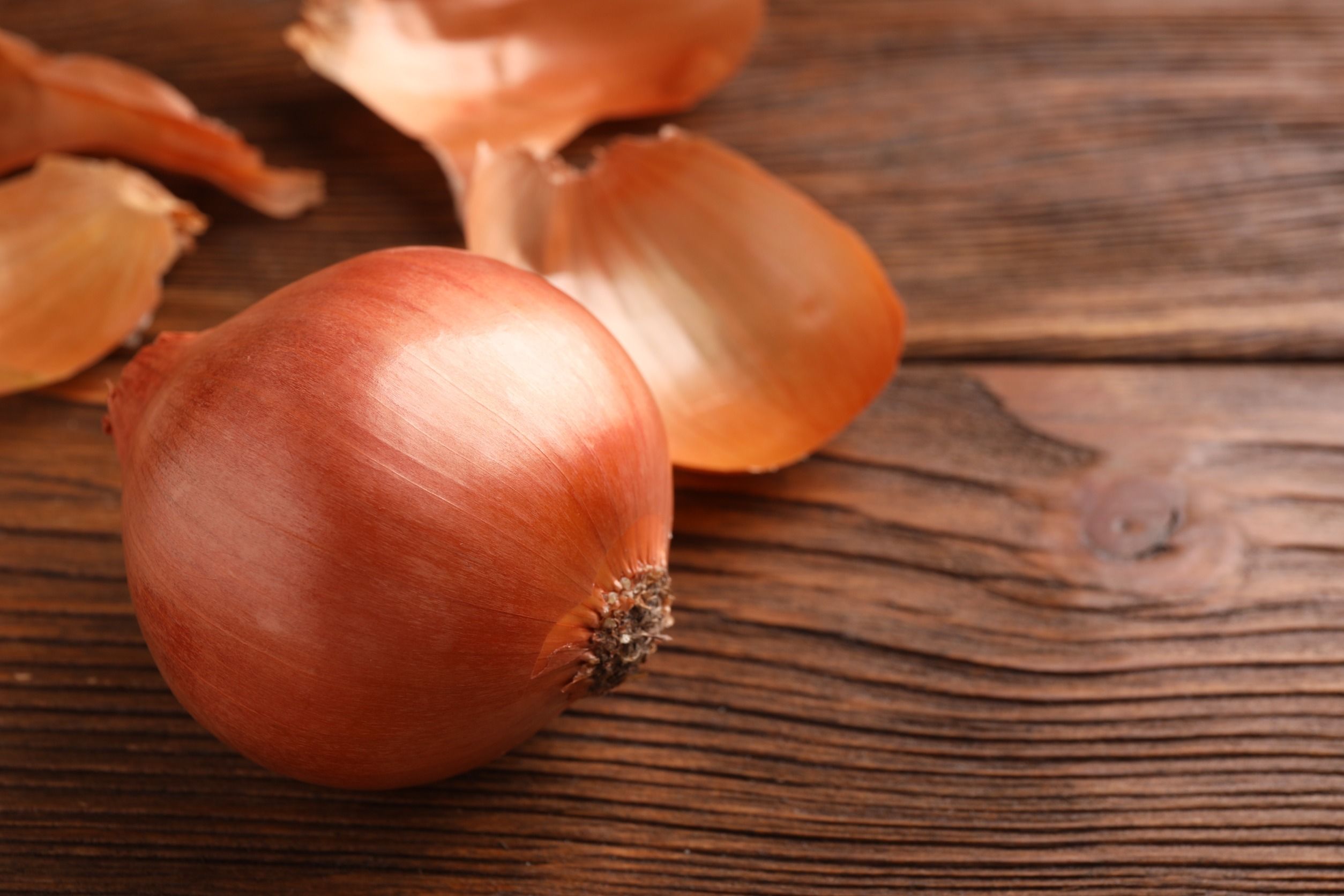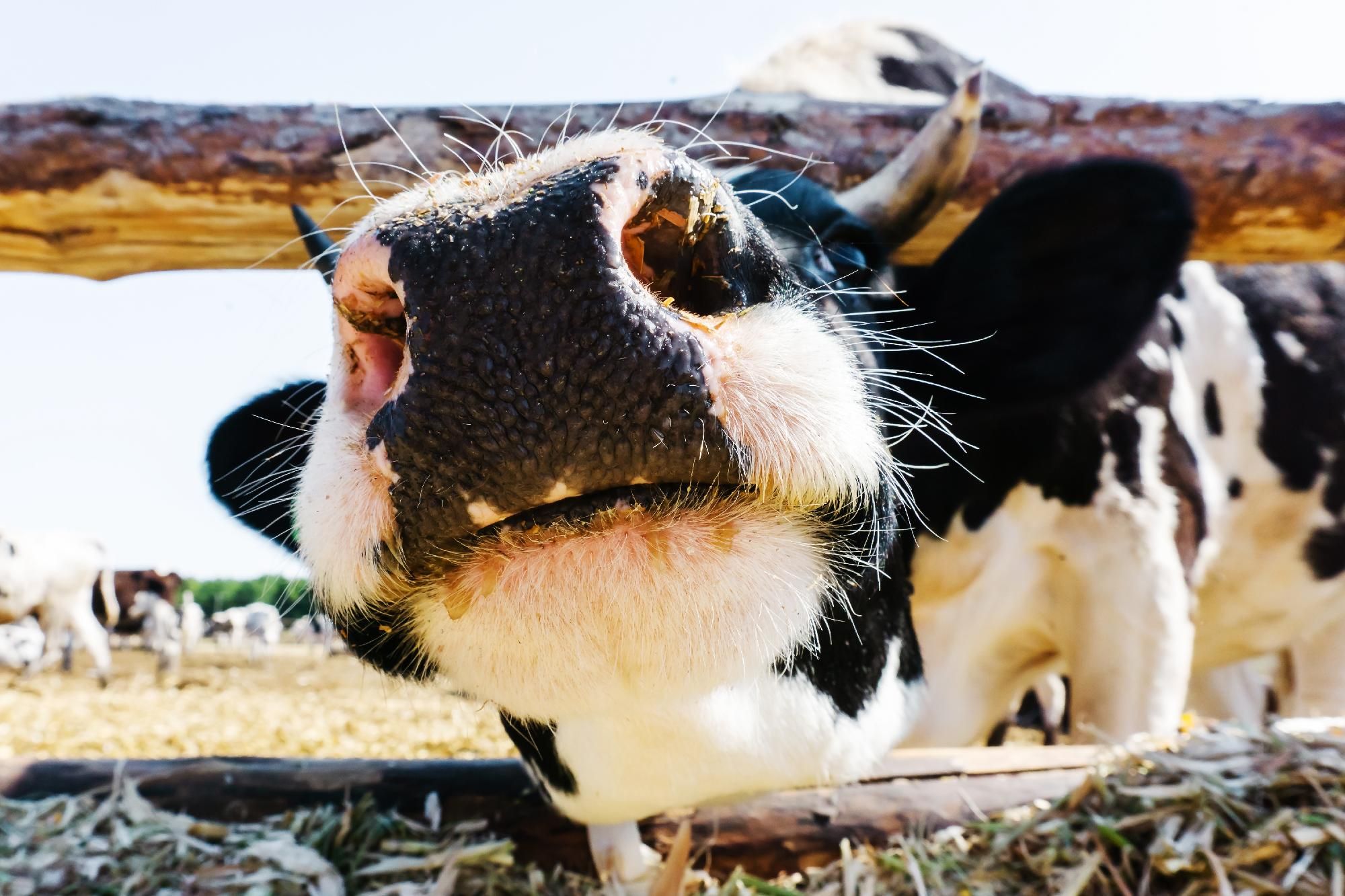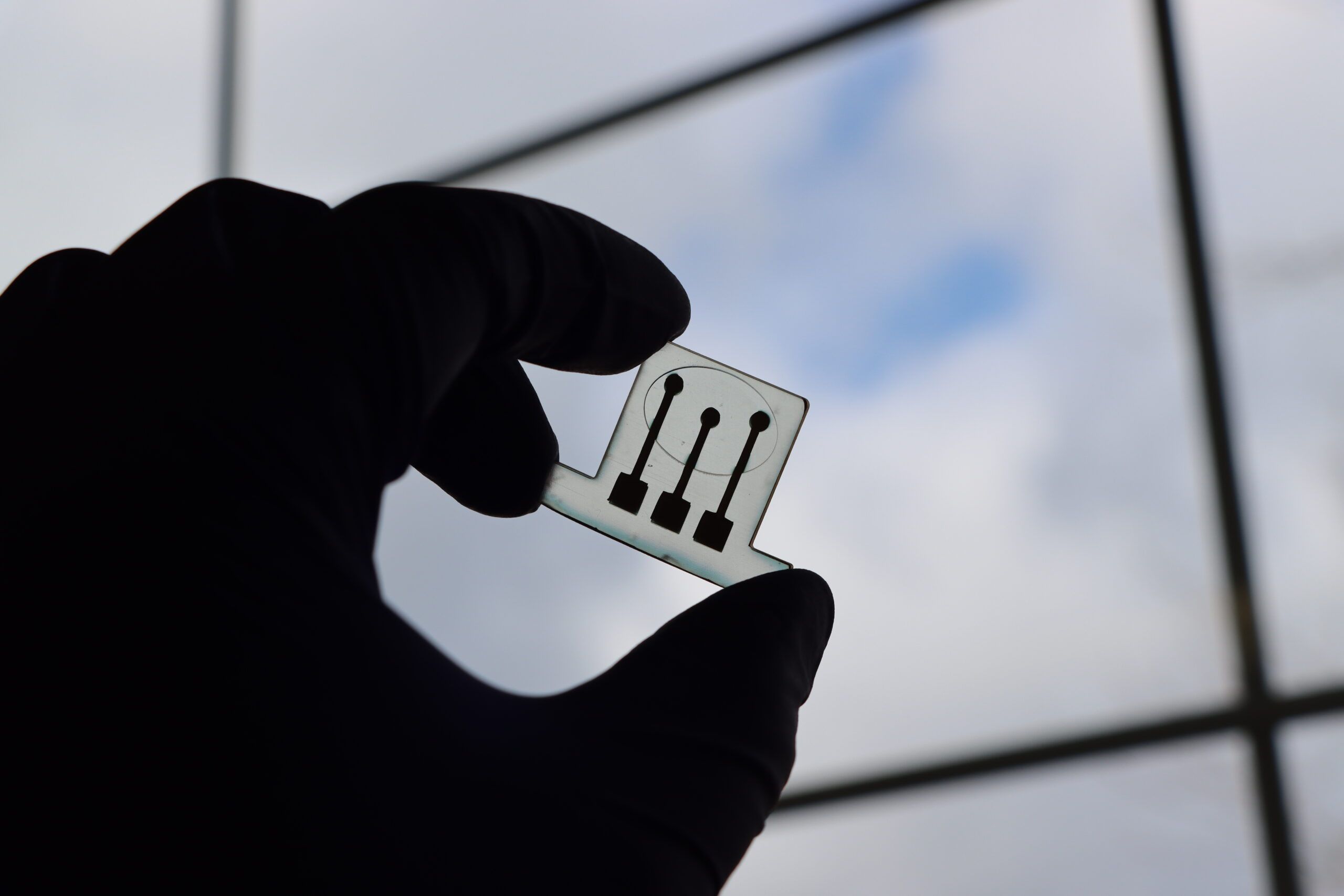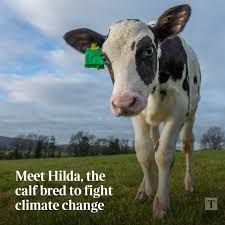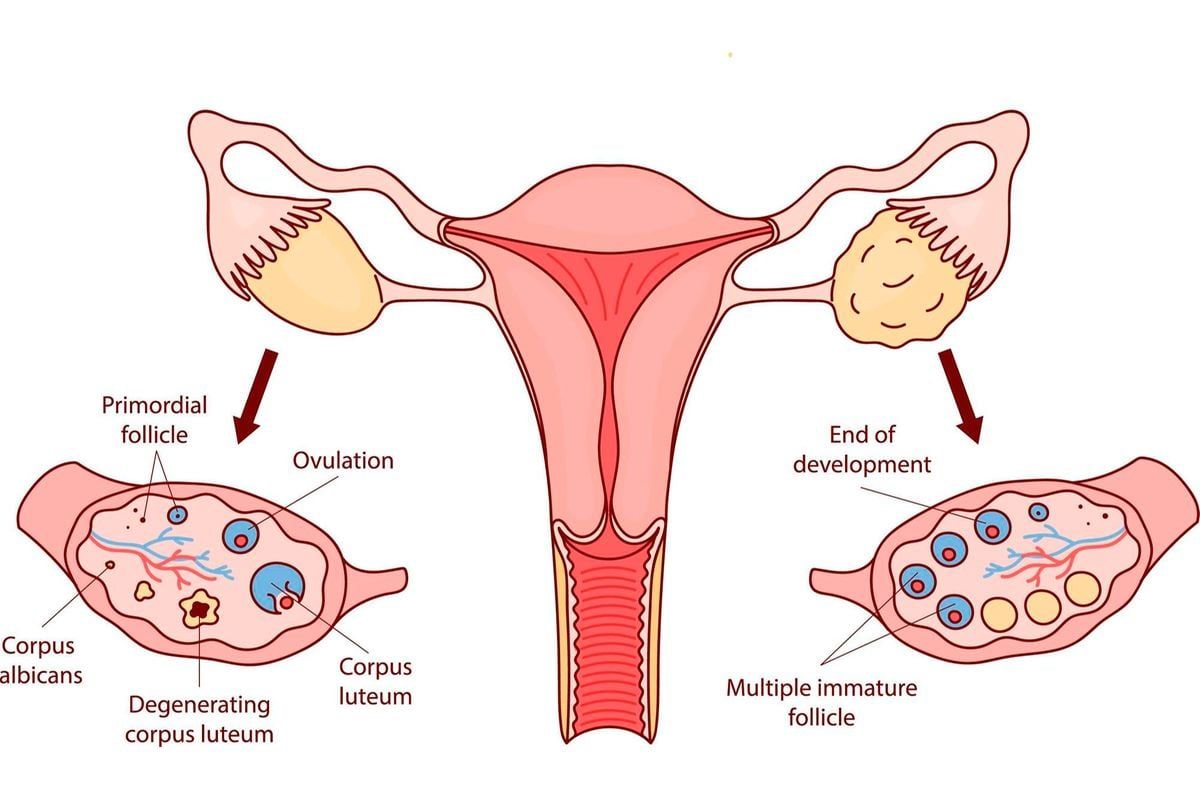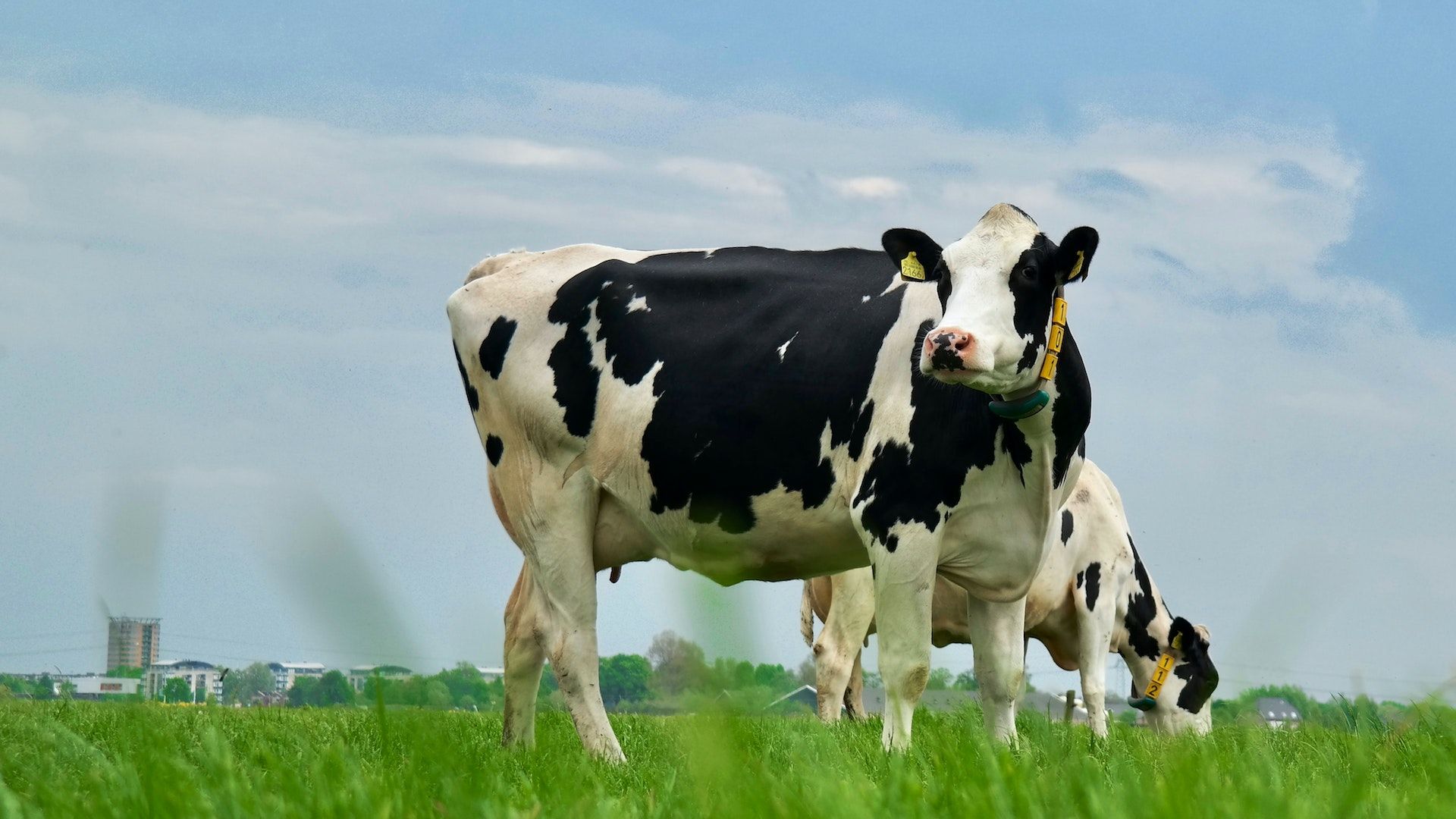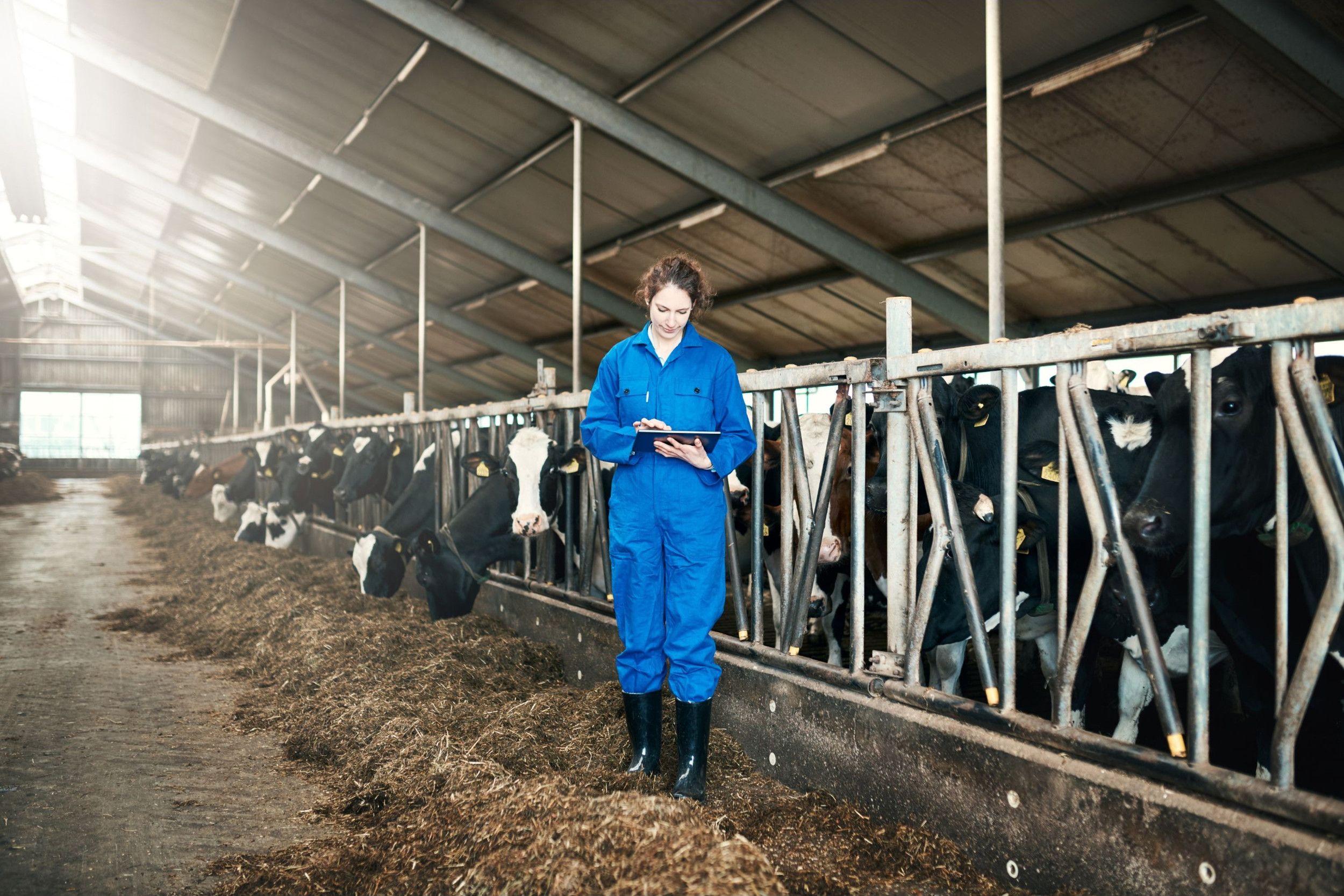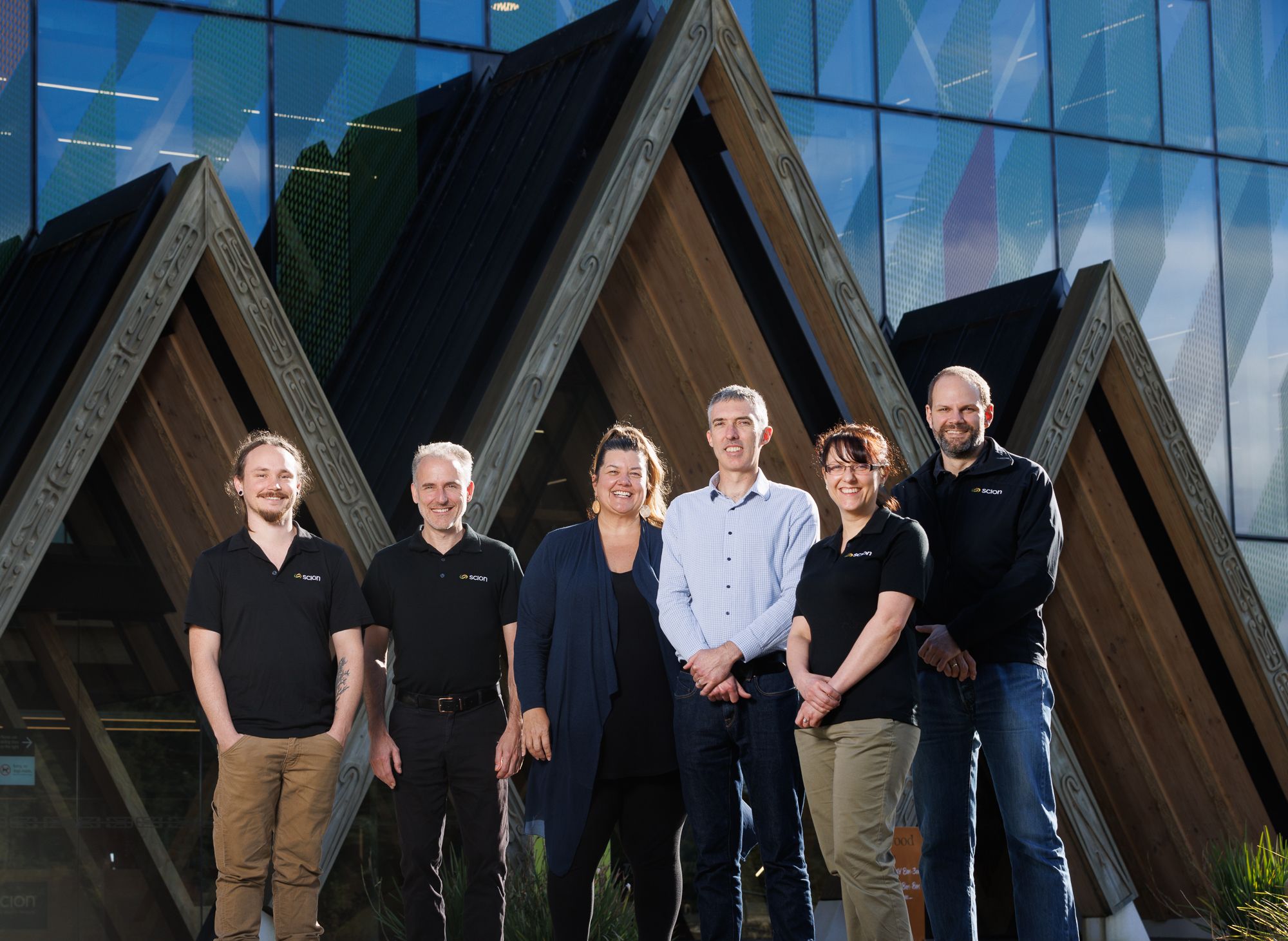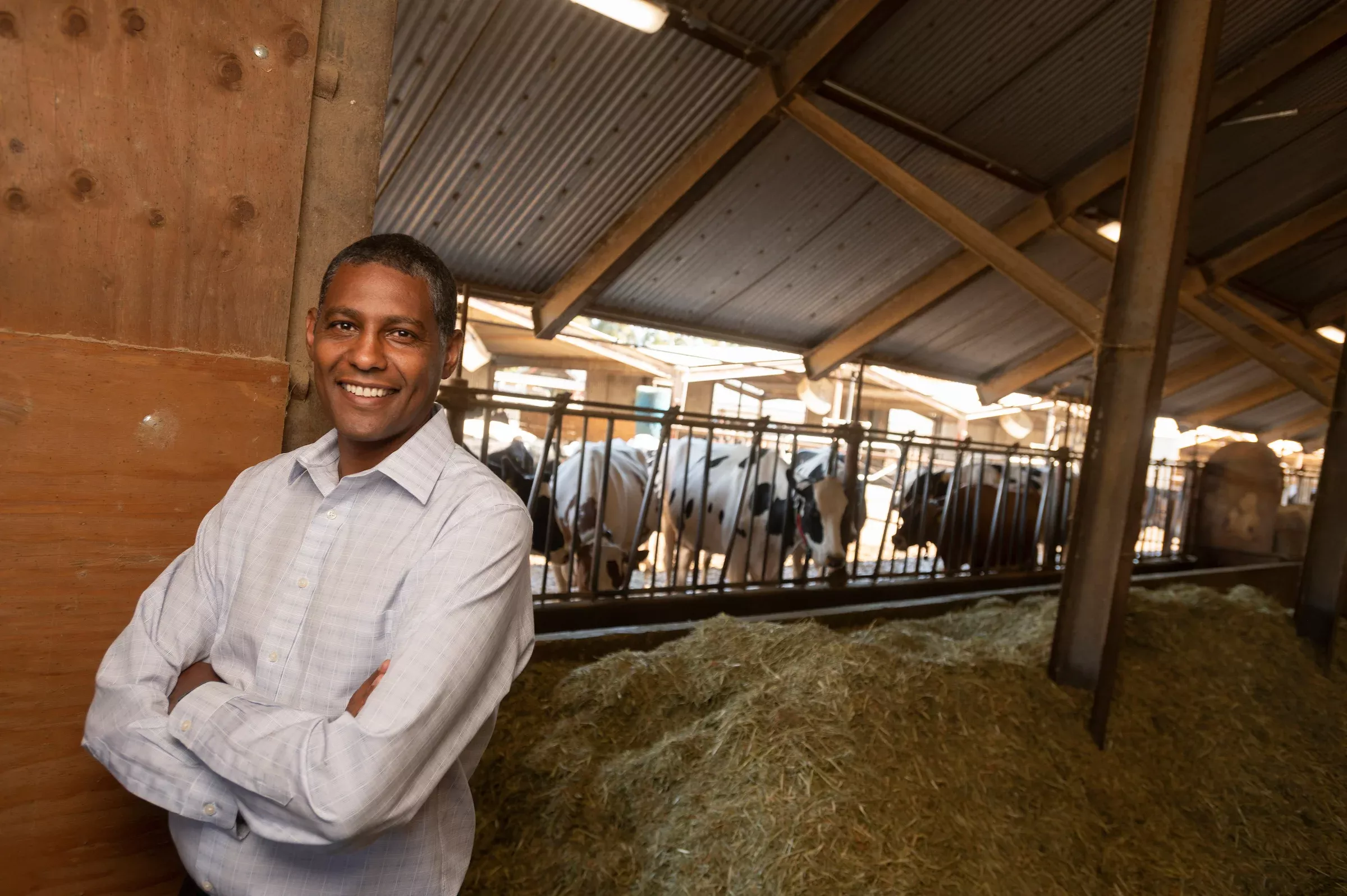Onion peel in the cow diet to reduce methane
Exploring organic or natural feed additives has recently gained more attention. One category of these recommended feed additives is phytogenic feed additives, which are rich in secondary metabolites.
A study, published in the journal Animals, by the researchers of North Carolina Agricultural and Technical State University reveals that onion peel, a by-product of the onion processing industry, is showing promise as a natural feed additive and the potential to reduce methane emissions.
Onion peel, often discarded as agricultural byproducts, has garnered increasing attention as a potential feed additive. Additionally, onion peel is a sustainable, cost-effective feed ingredient, as it is widely available and typically underutilized. It is estimated that about 20–30% of the total weight of onions consists of outer skins, which translates to a significant volume of onion peel that could be repurposed for livestock feed. In the United States, approximately 3 million tons of onions are produced annually, leading to a substantial amount of onion peel waste.
The study evaluated different inclusion levels of onion peel at 2.5% (OP2.5), 5% (OP5), 7.5% (OP7.5), and 10% (OP10) on the in vitro fermentation of 2 diets: a total mixed ration referred to as high concentrate (HC), and corn silage referred to as high forage (HF).
In addition, total gas production, methane (CH4), carbon dioxide (CO2), ammonia (NH3), and hydrogen sulfide (H2S) concentrations, as well as nutrient degradability, were assessed.
The HC diet produced more gas but less CH4, CO2, NH3, and H2S compared to the HF diet. The onion peel at all levels increased CH4, CO2, NH3, and H2S concentrations in the HF diet.
The OP2.5 treatment had the lowest degradable dry matter in the HC diet, while the onion peel linearly increased degradable acid detergent fibre (ADF) in both diets.
The lowest total volatile fatty acids (VFA) and acetate were observed with the OP5 treatment in the HC diet, while OP5, OP7.5, and OP10 had lower total volatile fatty acids concentration in the HC diet.
The OP7.5 treatment increased gas production and CH4 and CO2 production in the HC diet. However, the OP5 treatment had the lowest CH4 production in the HF diet. Incorporating 5% of onion peel in the HF diet is recommended as the optimal inclusion level to decrease ruminal methane production and improve nutrient degradability.
The study concluded that onion peel supplementation is more suitable for HF diets than HC diets. The results suggest that the adding onion peel indicates a promising strategy for improving ruminal fermentation efficiency, and reducing CH4 production in HF diets compared to HC diets.
The recommended levels of onion peel are not very clear; however, onion peel at 5–10% to the HF diet enhanced nutrient degradability and reduced CH4 production, and increased total volatile fatty acids, acetate, and propionate. Although this figure is not given in the conclusion, in the summary of the study the authors claim that incorporating 5% of OP in the forage-based diet is recommended as the optimal inclusion level to decrease ruminal methane production and improve nutrient degradability.
The authors emphasise that additional in vitro and in vivo studies are needed to clarify the underlying mechanisms of action, evaluate the long-term effects of onion peel on animal performance and environmental sustainability, and address potential challenges in translating these findings into practical feeding strategies.
